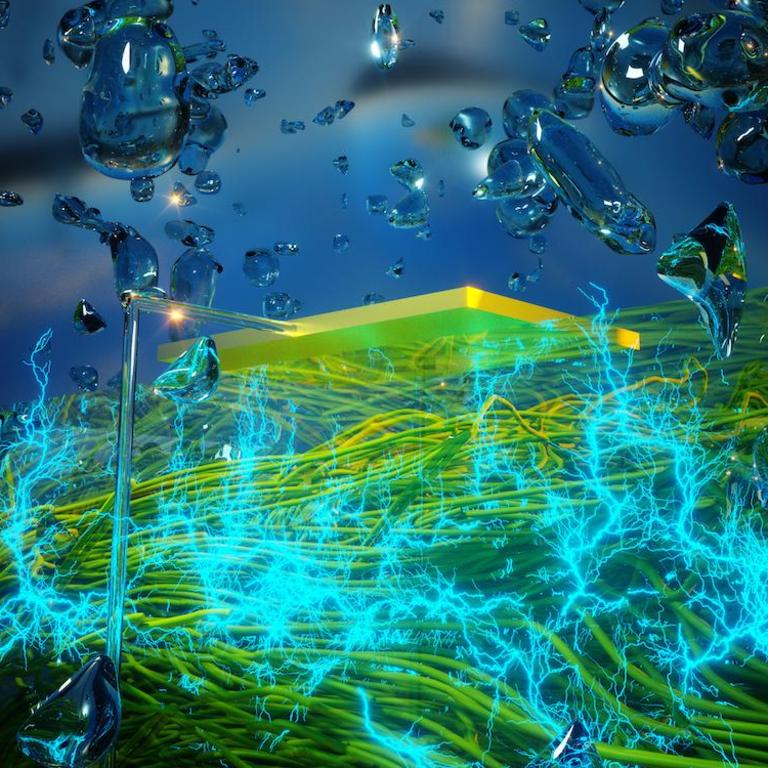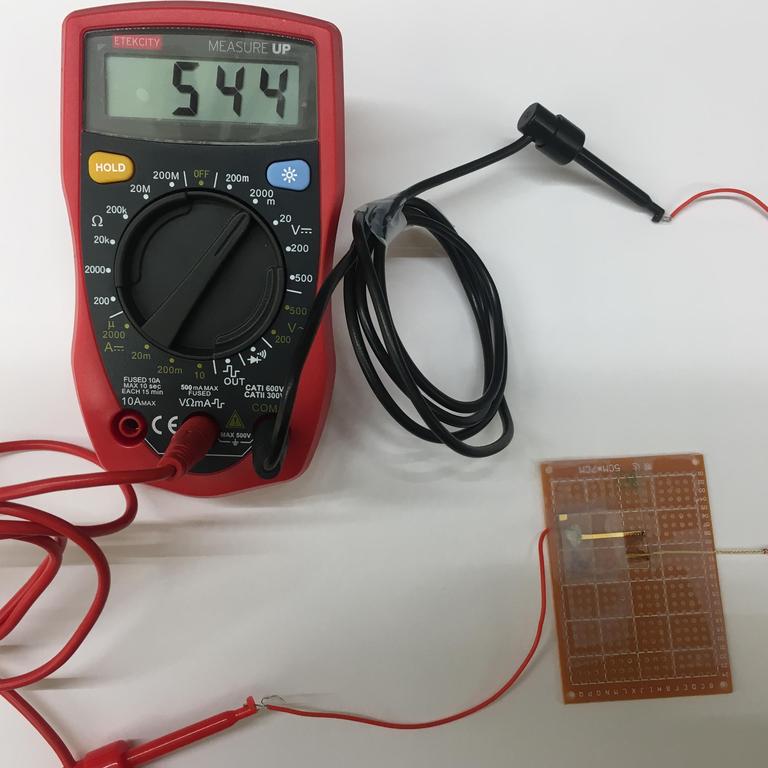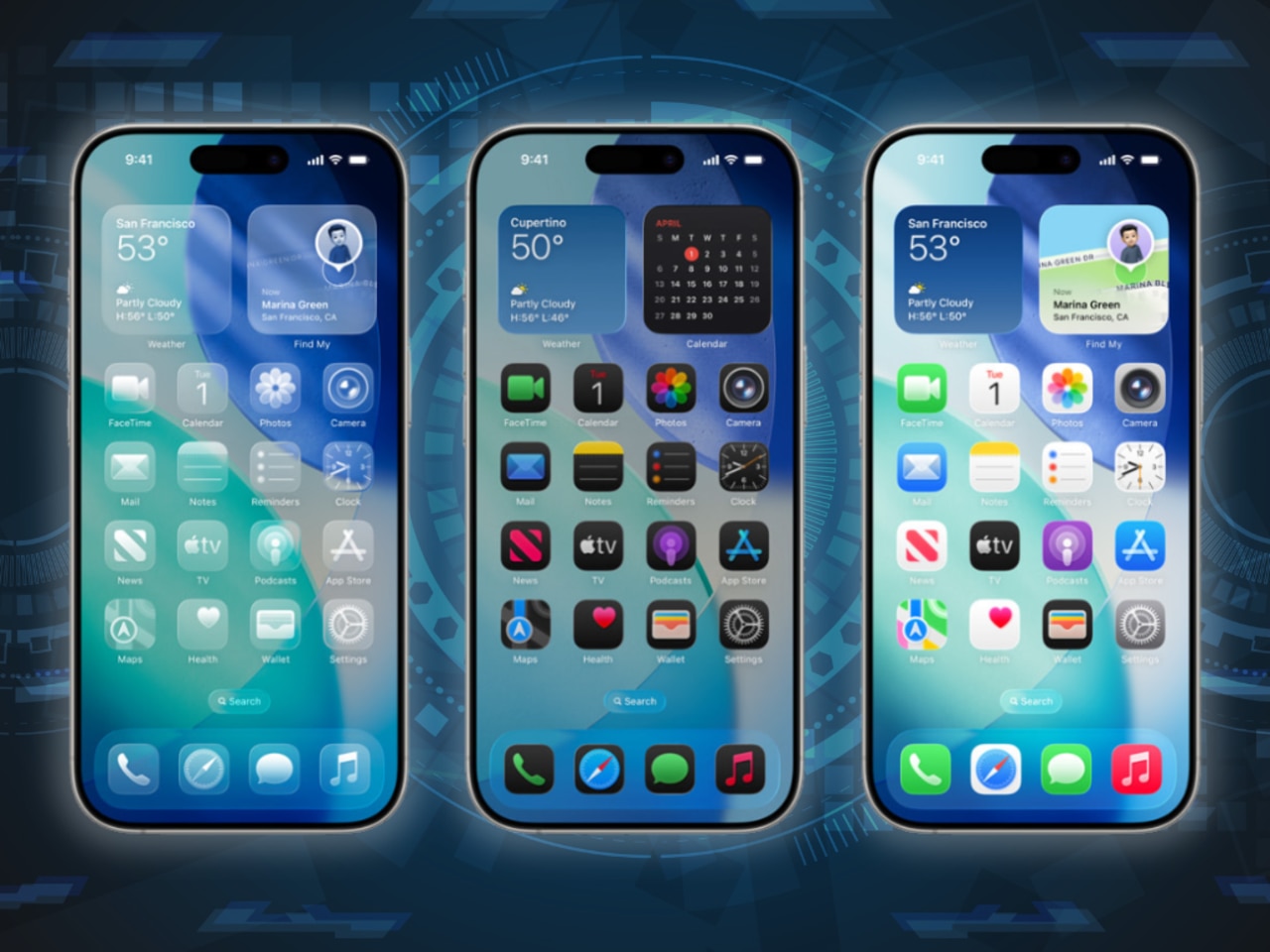Generator that uses bacteria to create electricity ‘out of thin air’ could soon be used to power smartphones and wearables
A new generator that creates electricity “out of thin air” could eliminate the need for a charger – and that’s just the beginning of benefits.
A new method for generating electricity means that pretty soon you may never have to charge your phone again.
While wireless charging pads that use electromagnetic induction to charge your phone or other devices mean you no longer have to plug in to charge up, there’s an even better and more convenient method on the way.
The Air-gen generator uses a natural protein to create electricity from water vapour.
“We are literally making electricity out of thin air,” said electrical engineer and Assistant Professor Jun Yao, who led the development of the Air-gen at the University of Massachusetts Amherst alongside microbiologist and Professor Derek Lovley.
The generator uses a film of nanometre scale (one billionth of a metre) protein wires harvested from Geobacter sulfurreducens, a microbe that can produce electricity.
The wires are connected to electrodes and conduct electricity using naturally present water vapour in the air.
RELATED: Free fix for frustrating phone battery
RELATED: Apple fined for dodgy battery trick

“The Air-gen generates clean energy 24/7,” Prof Lovley said. “It’s the most amazing and exciting application of protein nanowires yet.”
Prof Lovley should know. He was the first to isolate the bacteria used in the protein nanowires from sand in the Potomac River that runs along the US capital in 1987.
Currently the Air-gen is only powerful enough for small electronic devices, but its developers want to scale up.
Their next step is to develop a small patch for wearable electronics like fitness trackers and smartwatches.
Following that the team has their sights set on mobile phones to eliminate the need for periodic charging.
Batteries in our smartphones are getting bigger and better, but the multiple day battery life being claimed by some manufacturers pales in comparison to never having to worry about charging your phone.
While small scale electronics are in the immediate future of the project, Prof Yao has bigger ambitions.
RELATED: Heartbreaking secret in your smartphone battery

RELATED: Hidden apps draining your phone battery
“The ultimate goal is to make large-scale systems,” he said, citing potential uses like a wall paint that can power your home or stand-alone air-powered generators that supply electricity off the grid.
“Once we get to an industrial scale for wire production, I fully expect that we can make large systems that will make a major contribution to sustainable energy production,” Prof Yao said.
The lab has also been working on ways to make the required protein nanowires more efficiently using different bacteria
“We turned E. coliinto a protein nanowire factory,” Prof Lovley said. “With this new scalable process, protein nanowire supply will no longer be a bottleneck to developing these applications.”
A breakthrough in the development came from one of Prof Yao’s PhD students, Xiaomeng Liu, who was developing sensor devices when he made an incredible discovery.
“I saw that when the nanowires were contacted with electrodes in a specific way the devices generated a current. I found that exposure to atmospheric humidity was essential and that protein nanowires adsorbed water, producing a voltage gradient across the device,” he said.
But the Air-gen doesn’t require much water in the atmosphere, with the researchers confident it will work in places as dry at the Sahara Desert, which has an average humidity of only 25 per cent.
According to the researchers, the Air-gen has significant benefits over other renewable energy sources like solar and wind because it isn’t as reliant on the actual weather of the day and doesn’t even need to be outside.
“This is just the beginning of new era of protein-based electronic devices” Prof Yao said.
The pair have documented their team’s work in the peer-reviewed academic journal Nature.



